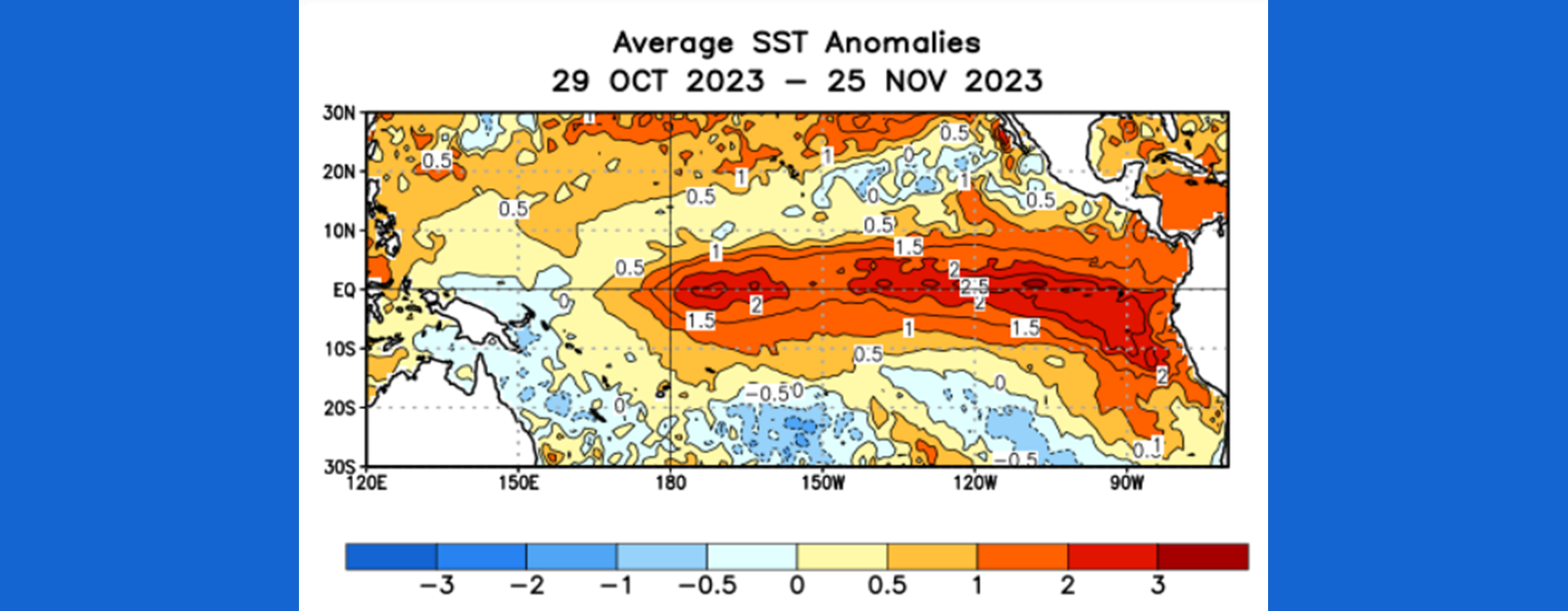
According to the official August 2023 NOAA ENSO Forecast, the ongoing El Niño is forecast to be an intense event, reaching its maximum intensity in late 2023 and persisting through early 2024. As predicted, it can provide cool, wet conditions for the US and improve the average US corn and soybean yields. Typically, while corn and soybeans improve during an El Niño event, global wheat yields tend to fall.
Argentina’s soybean yields also tend to rise, as it is usually drier in northern South America. El Niño can also delay the monsoon rains in South America and have those rains end sooner.
After a dry 2023, the 2024 season is expected to be cooler. However, data within the 89-year Gleissberg Solar Drought Cycle suggests that dry and hot conditions could return in 2025 if Mother Nature is to repeat as it did in the 1930s.
The Gleissberg Solar Drought Cycle (not to be confused with the similar predictive powers of the Benner Cycle) describes an amplitude modulation of solar cycles with a period of about 70–100 years or seven or eight solar cycles. With solar activity on a recent upswing and expected to peak in 2025, the invigorated solar cycle would align with the Gleissberg Solar Drought Cycle.
Predictions for 2024
Even if the Gleissberg Solar Drought Cycle wasn’t predicting it, we are predicting more of the same for 2024.
Unless demand returns for US corn exports, a slight drop in yields may not matter as ending stocks remain above two billion bushels.
Russia, as the largest global producer and exporter of wheat, needs to have a production hiccup in 2024 to create fear and a spike in wheat prices.
If there isn’t a production hiccup, then it could be more of the same as 2023, with its tumultuous markets.
Potential back-to-back record South American corn and soybean crops will anchor grain prices in 2024, keeping costs down.
With higher crude oil prices and OPEC refusing to increase production, higher diesel fuel prices will prevent inflation from falling to two percent anytime soon, and higher interest rates could stay elevated for longer than most expect.
Image Credit: NOAA

